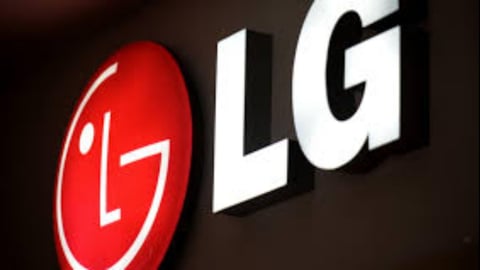Three Ways Hospitality Can Measure Digital Signage ROI
In an industry in which competition is fierce and customer expectations are high, every hospitality business faces the challenges of improving the customer experience. Conveying useful information and providing relevant promotions and engaging entertainment in a clear, accessible way is an effective way to enhance service and boost customer satisfaction — and drive sales and build long-term relationships. The need for effective visuals underlies the growth of digital signage solutions in hotels and restaurants.
To assess the value of an investment in a digital signage network, as well as to make necessary adjustments to maximize the impact of an installed network, it’s essential to measure ROI accurately. Measuring ROI for digital signage is sometimes a tricky process. It helps to start out by considering the basics as you develop plans for your digital signage network and as you then set that plan into motion. Pinpointing your primary objectives and defining precisely how to measure the achievement of your goals are vital to ensure that you have the right solution in place and are getting the most value possible out of it.
This article from NEC discusses three steps to measuring digital signage ROI accurately to ensure that you’re setting yourself up for success.
1. Formulate your basic strategic plan and identify your objectives
The first step is to focus on Return on Objective (ROO). ROO has proven to be a useful measurement for any digital marketing campaign. To calculate ROO for your digital signage network, clearly define your key objectives and expected outcomes. These objectives should be specific and measurable.
To determine your key objectives effectively, engage the teams that your digital signage network will directly affect. For example, if you’re installing a network in a restaurant, discuss its deployment with managers, hosts, cashiers, drive-through operators, and servers. They will provide indispensable insights into what the key objectives of your network should be.
Key objectives can include a wide range of elements, depending on the specifics of your business and the makeup of your customers. For example, if your hotel aims to lower the cost of providing wayfinding information to conference and event attendees by installing a digital signage network, you need to have the right display technology, the right computing power, the right CMS platform, and the right placement. All of these elements should be among your key objectives. They will help reduce the expenses involved with printing signage and lower staff time spent changing signs or providing verbal wayfinding information.
2. Determine the best approach to measurement
After identifying your objections, pinpoint which milestones will yield the insights you need, either for deploying a new digital signage network or making an extension or a modification to an existing network. Figure out exactly what you’re going to measure.
Many different types of data — ranging from click-through rates on a touch screen to impressions and conversions — will help you determine whether you’re meeting your objectives. You can also deploy facial detection software, beacons, and POS cross-references to gather measurement data and gain insights into the types of customer engagements you’re having. As a bonus, a hotel’s virtual concierge touch-screen display may detect a VIP or loyalty program member and make personalized recommendations about on-premise dining options (steakhouse or Asian fusion restaurant) or activities (a round of golf or a spa treatment).
For larger hospitality enterprises, the use of analytics, big data machine learning, and cloud computing can provide both depth and breadth of information about a digital signage network. It will broaden the types of measurement you can use and provide a complete view of the network’s impact on your bottom line.
For smaller hospitality businesses, your measurements can be basic and hassle-free. For example, if you’re a vegetarian restaurant, your goal may be to increase sales of your grain bowls by 25 percent. Measuring the number of grain bowls sold isn’t difficult.
3. Evaluate your performance
The final step to measuring the ROI for a digital signage network is to analyze your measurements to compare your performance to your key objectives. Your analysis will reveal how well you’ve achieved your objectives and will yield the ROI data that will help you see what your digital signage network is accomplishing.
The Bottom Line
Digital signage is a sound investment for many hospitality businesses, but it’s essential to know exactly what value it’s providing and how to squeeze the most out of your digital signage network.
The amount of data you’ve gathered may seem daunting at first, but it will help you accurately measure the ROI of your network. You’ll also be able to identify areas that need improvement, making informed decisions about changing content, signage placement, or any other variable. You can try different approaches to find the combination that maximizes the value of your network and use the technology to drive the customer journey, increase on-premise sales, and achieve other key business objectives.




